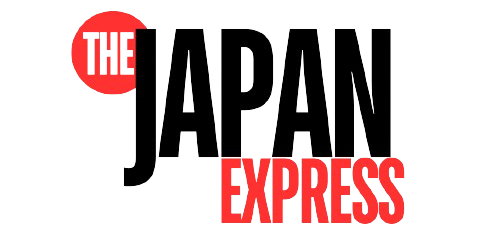When it comes to purchasing an iPhone, most people think the differences are limited to storage options or color. However, there are some notable differences between the Japanese version of iPhones and those sold in the US. These differences are mainly driven by local laws, regulations, and cultural preferences. Let’s explore some of the key distinctions, including the mandatory shutter sound, which is a significant point of divergence.
Mandatory Shutter Sound
One of the most well-known differences between Japanese and US iPhones is the mandatory shutter sound. In Japan, iPhones are required by law to make a sound when a photo is taken, even if the phone is on silent mode. This law was implemented to address concerns over privacy and to combat covert photography, particularly in public places like schools and public transportation.
In contrast, US iPhones do not have this requirement. Users in the US can easily mute their devices and take photos silently, which is often preferred in quiet environments or for discreet photography.
SIM Lock and Carriers
In Japan, iPhones are typically sold locked to specific carriers such as NTT DoCoMo, SoftBank, and au by KDDI. While carrier-locked phones are also common in the US, there is a higher prevalence of SIM-free or unlocked iPhones available directly from Apple or other retailers. This difference affects how easily users can switch carriers or use their phones internationally.
Mobile Payment Systems
Japanese iPhones often come with additional support for local mobile payment systems such as Osaifu-Keitai and FeliCa. These systems are widely used in Japan for making payments at convenience stores, vending machines, and public transportation. While Apple Pay is available in both countries, the integration of these specific payment systems highlights the regional customization of Japanese iPhones.
In the US, iPhones primarily support NFC-based payment systems like Apple Pay, which is compatible with most credit and debit cards issued by US banks.
Pre-Installed Apps and Features
Japanese iPhones may come with pre-installed apps and features tailored to the local market. For instance, there might be apps related to local services, news, or entertainment that are not available on US iPhones. Additionally, some features like earthquake alerts are integrated into Japanese iPhones, providing users with timely warnings in the event of seismic activity.
US iPhones, on the other hand, come with a standard set of pre-installed apps, with additional apps available for download from the App Store based on user preference.
Regional Settings and Languages
While both Japanese and US iPhones support multiple languages and regional settings, Japanese iPhones often default to Japanese language and regional settings out of the box. This means that certain features, such as date formats, currency, and system language, are pre-configured for Japanese users. In contrast, US iPhones default to English and US-specific regional settings.
Radio Frequency Bands
Another technical difference lies in the radio frequency bands supported by iPhones in Japan and the US. Due to different telecommunications infrastructure and regulations, Japanese iPhones might support different LTE and 5G bands compared to their US counterparts. This can affect connectivity and network performance when using the phone internationally or when switching between carriers that use different frequency bands.
Warranty and Support
Warranty terms and support options can also differ between Japanese and US iPhones. In Japan, iPhones typically come with a one-year limited warranty that includes support through local Apple Stores and authorized service providers. The warranty terms and the process for seeking repairs or replacements might differ slightly from those in the US. It’s essential for buyers to be aware of these differences, especially if they plan to use their iPhone outside the country of purchase.
